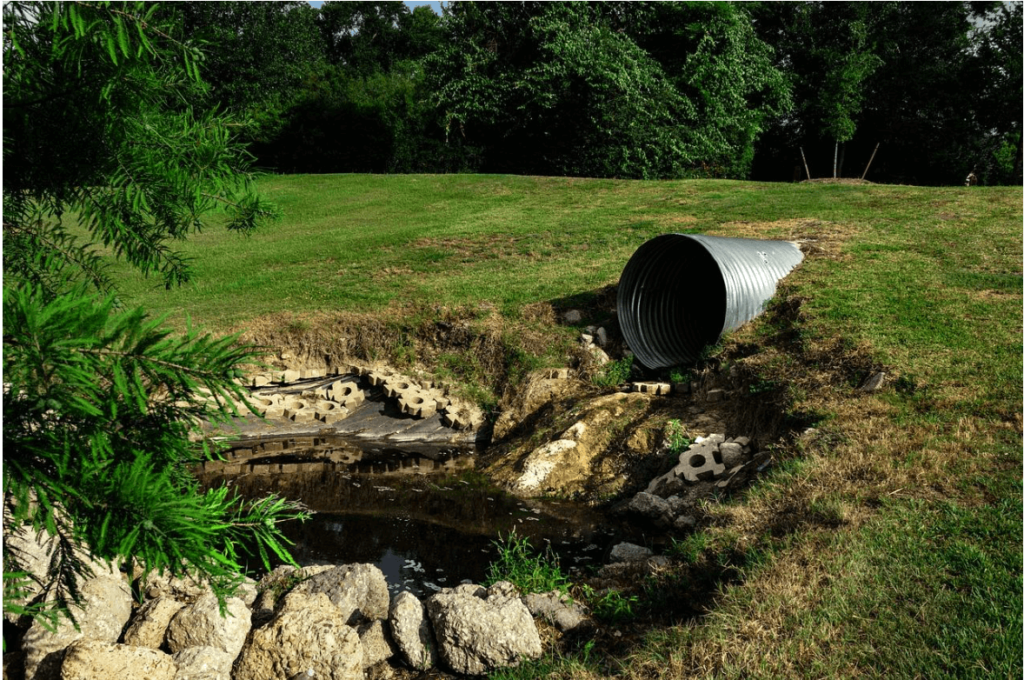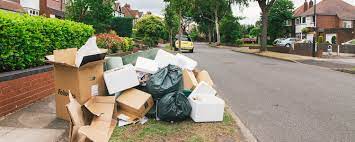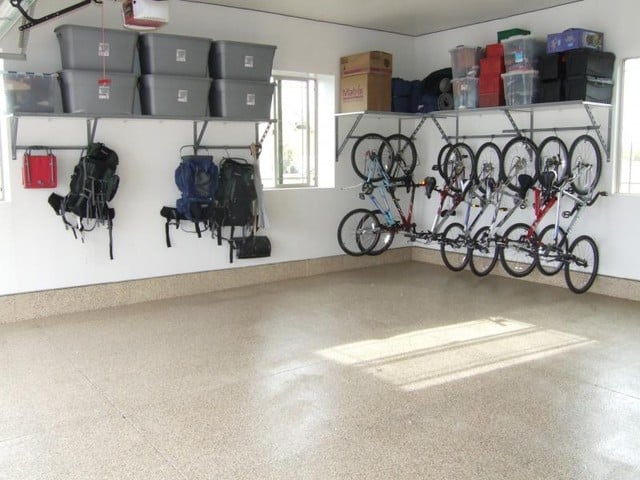In lawn management, drainage generally refers to removing extra surface and subsurface water from any specific area. The water might then flow towards the creeks, rivers, and beach outlets. The water is repurposed to avoid saturation of land and commercial property, and damage to homes and farmland. If there’s any issue with the drainage system, erosion occurs.
In simple words, erosion refers to the process where water wears away or strips soil in a particular area. It happens if repeated water flow washes away the soil of your yard. Though grass gives good protection against erosion, when you have drainage issues, it can kill your lawn.
Drainage and Erosion Issues: 6 Signs And Solutions
You might not notice as well as care much about drainage issues and repairing erosion problems in your yard at first. It might not matter since having a water pool in an area of your lawn isn’t a bad idea. But, know that it can create serious issues, including soil composition issues, foundation dangers, and many other lawn problems if not solved early.
To indicate you have drainage problems, see if there are two or more large pools of water standing in a certain area of your yard after heavy rain. If your property has a basement, you might also notice several wet spots on the floor or walls there. Cracks in your foundation also indicate a warning sign of unmanaged drainage issues. Look for these signs from time to time and take proper caution from the very beginning.
To solve the drainage and erosion issues and keep your property intact, you may go through the following tips.
1. Checking Gutters
When you notice water in your basement, the first thing you need to do is check the gutters and downspouts. Soggy areas near your foundation might cause water to seep into the house.
You must try determining if there is any clogged gutter in your property. See if any of them are undersized or pitched incorrectly. You need to fix this simple problem as soon as possible if you want to save money on other expensive solutions.
2. Grading Soil-Away
The soil of your property needs to be higher at the foundation. It needs to slope away the first 6 feet as well. Generally, you should have at least a one-inch drop for each foot. You can add soil along the foundation without turning it into any future problems if it remains 6 inches below the house’s siding. You can turn this yard area into your planting beds.
Filling these beds with plants can help absorb stormwater while beautifying the landscape. When you have finished the grading, it will provide other ecological benefits as well. Do not forget to mulch that area afterward. It will help you protect your yard soil from erosion.
3. Determining the Source of Erosion
The above-mentioned steps can generally solve simple erosion and drainage issues. But, if you think you are facing more complex problems, first determine the source of erosion. The entry point of the surface water to your property might be the road, driveways, rooftops, or even your neighbor’s property.
You need to determine that source to find the best solution to your problem. First, you’ll have to deal with the water on the surface at the highest point on your land. Fix the issue before the damage starts to spread. This way, you’ll have to deal with less water.
4. Slowing Down the Erosion
Erosion happens when water moves downhill, picking up speed and force. You must slow it down if possible. This might indicate directing the flow across a hillside rather than a straight downhill. You may also slow it down by using check dams. It refers to small walls built into swales or trenches for this purpose.
Check dams are generally made of soil or rock though other materials might also be used in some cases. Water stands in one part of the swale, and when overflows, it goes to the next. You might plant native wetland plants to create a bioswale in these swales. The water absorption power of plants will surprise you.
5. Spreading It Out
If the water flow is directed to a certain area, erosion might be more likely to occur. You need to spread it out and reduce the flowing energy of the water. You may do this by using level spreaders. These are perforated pipes that set across a hillside. It will help the water release through the pipe and lead the flow to different locations.
6. Having a Rain Garden
You may create a rain garden and use it as a tool to get the water infiltrated. Infiltration refers to the water that is absorbed by the ground. To create a rain garden, you will need to make sure that your soil is absorbing water. To do so, you will need a quick infiltration test. If the result says, your soil absorbs water well, install a rain garden as soon as possible.
Final Words
To solve the drainage and erosion problem, the tips mentioned above will work for sure. If you are cautious enough, you can get satisfying results from these tips quickly.
Direct the water flow to different locations to keep the drainage system healthy. But make sure you are not directing it to your neighbor’s property or toward a hard surface.
By ensuring a good drainage system, you can keep your yard intact. So, if you want to take care of your property well, fix the drainage and erosion problems as soon as possible by keeping the tips above in mind.
Please note: CharlieTrotters.com is reader supported. This page may contain affiliate links. If you buy a product or service through such a link we earn a commission at no additional cost to you.







